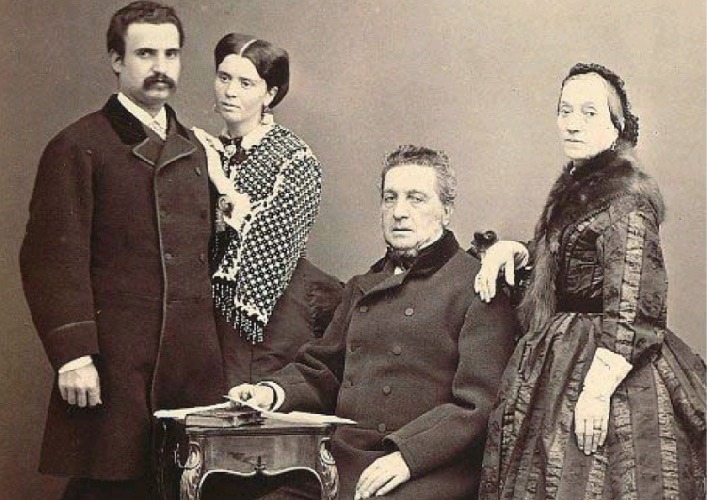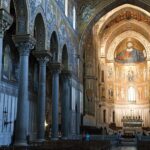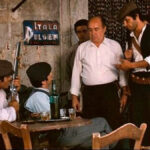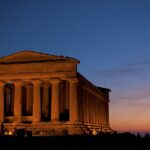The Florio family’s story is one of ambition, innovation, and glamour—a journey from humble beginnings to becoming one of Sicily’s wealthiest and most influential families. While the Florios are often remembered for their vast empire and contributions to Palermo, their legacy extends far beyond their time, influencing Sicily’s culture, economy, and even modern-day tourism.
Vincenzo Florio: The Visionary Behind Palermo’s Transformation
The Florio family’s rise began with Vincenzo Florio, a visionary entrepreneur who transformed Palermo. Born in 1799, Vincenzo took over the small spice business his father, Paolo, had started after moving from Calabria to Palermo. But Vincenzo wasn’t content with staying in the spice trade—he had bigger ambitions.
Seizing every opportunity, he diversified into industries like shipping, sulfur mining, and tuna fishing. Realizing Sicily’s rich resources, he positioned his family at the heart of its growing economy. Under Vincenzo Florio’s leadership, the Florios quickly became one of Sicily’s most prominent industrial families.
The Florios of Sicily: The Golden Age of Wealth and Power
Vincenzo’s son, Ignazio Florio, took the family fortune to new heights. He expanded the business far beyond his father’s achievements, venturing into shipbuilding, banking, and winemaking. One of the Florios’ most famous contributions was the production and popularization of Marsala wine. Ignazio’s vineyards helped make Marsala a well-known Sicilian export, symbolizing quality and prestige.
Even today, visitors to Sicily can take Marsala wine tours, experiencing the Florio family’s enduring influence firsthand.
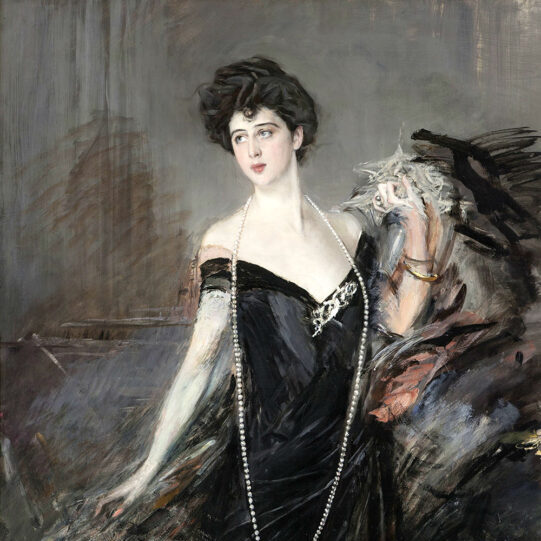
This period marked the golden age for the Palermo Florios. Their grand parties at Palazzo Florio attracted European aristocrats, artists, and even royalty. Donna Franca Florio, known as “The Queen of Palermo” for her beauty, elegance, and social influence, was at the center of it all.
Interesting Fact: Donna Franca Florio, an icon of European high society, was famously painted by the renowned artist Giovanni Boldini.
Cultural Contributions: Teatro Massimo and Targa Florio
The Florio family’s impact wasn’t just economic—it was cultural, too. One of their most lasting contributions is the Teatro Massimo, Europe’s third-largest opera house in Palermo’s heart. Funded by the Florios, this architectural gem remains a key part of Palermo’s cultural identity.
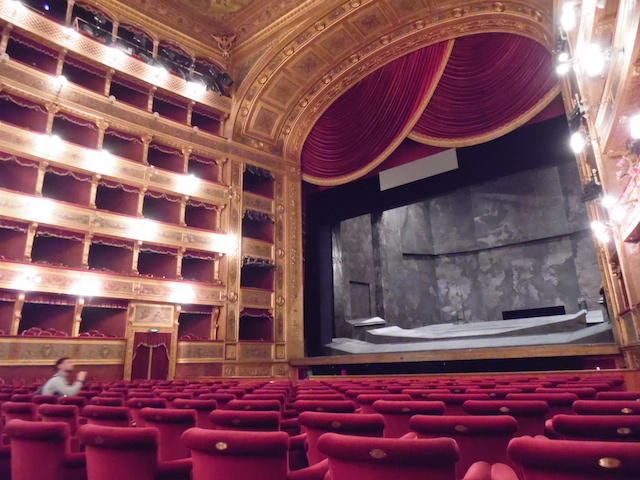
If you’re visiting Palermo, make sure to take a tour of the Teatro Massimo. The venue is not only a stunning example of 19th-century architecture but is also shrouded in mystery—some say a ghost haunts the theater!
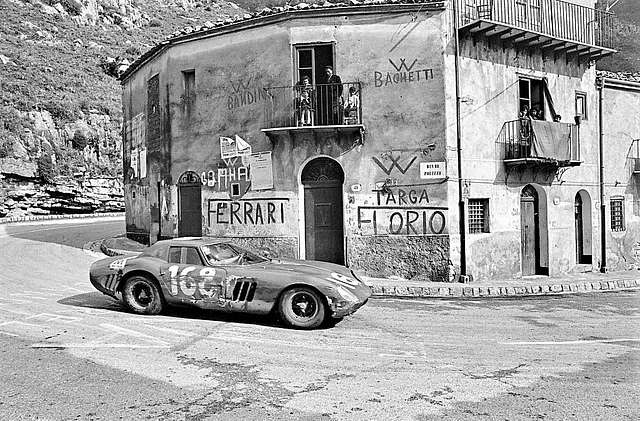
Interesting Fact: The Targa Florio, one of the world’s oldest car races, was founded by Vincenzo Florio Jr. in 1906. The race still takes place today in the beautiful Madonie Mountains.
The Targa Florio remains a symbol of the family’s adventurous spirit, attracting motorsport enthusiasts from around the globe.
Ignazio Florio and the Family’s Decline
Despite the enormous success of Ignazio Florio, the family’s fortune began to crumble in the early 20th century. Changes in the global economy, coupled with rising competition, hurt the industries the Florios had once dominated—especially shipping, sulfur mining, and tuna fishing.
Additionally, Ignazio Florio’s extravagant lifestyle and risky financial ventures took a toll on the family’s wealth. By the 1920s, the Florio family started selling off their most prized assets, including the Tonnara of Favignana, once the heart of their tuna empire.
Interesting Fact: The Florios revolutionized the tuna fishing industry in Sicily. They introduced modern methods of tuna canning, and their Tonnara in Favignana became famous worldwide. Today, you can visit the Tonnara and learn about the Florio family’s role in shaping Sicilian food traditions.
The Florio Family Today: Traces of a Glorious Past
While the Florio family no longer holds the same power it once did, their legacy can still be seen throughout Sicily. Many of the buildings, vineyards, and landmarks associated with the family continue to draw tourists and history buffs alike.
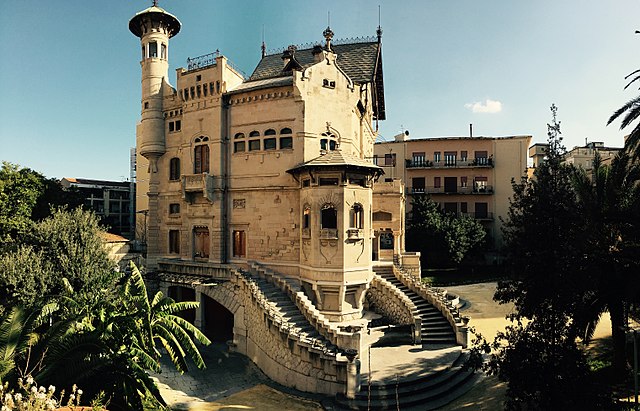
In Palermo, Villino Florio stands as a symbol of the family’s former grandeur. Although no longer owned by the Florios, it remains an architectural reminder of their lavish lifestyle.
Marsala wine and the Targa Florio race also carry the family’s name and continue to attract visitors.
Today’s tourists can walk in the footsteps of the Florio family by exploring the Teatro Massimo, visiting Palermo’s bustling markets, and sipping Marsala wine in the vineyards once owned by the family.
The Enduring Appeal of the Florio Family
The rise and fall of the Florio family is a story that mirrors Sicily’s own rich and complex history. From Vincenzo Florio’s industrial ingenuity to Ignazio Florio’s cultural contributions and Donna Franca Florio’s social influence, this family helped shape Palermo in ways that still resonate today.
Whether you’re passionate about history, love fine wines, or simply want to explore Sicily’s vibrant past, the Florio family offers a unique lens through which to discover the island’s heritage. Their empire may have faded, but their story remains one of the most fascinating chapters in Sicilian history.
Planning a trip to Palermo? Be sure to:
- Visit the stunning Teatro Massimo and learn about the Florios’ involvement.
- Explore the old Tonnara of Favignana and discover how the Florios changed the tuna industry.
- Take a Marsala wine tour and taste the legacy of the Florio family.

